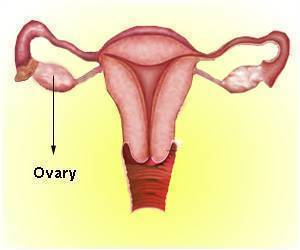Crucial role is being played by a single gene in coordinating the immune system and metabolism and deleting the gene in mice could reduce body fat and extend lifespan

Typically, mice gain fat as they age. The authors observed that activation of the FAT10 gene in normal mice increases in fat tissue with age. Mice lacking FAT10 consume more food, but burn fat at an accelerated rate. As a result, they have less than half of the fat tissue found in normal, aged mice. At the same time their skeletal muscle ramps up production of an immune molecule that increases their response to insulin, resulting in reduced circulating insulin levels, protection against type 2 diabetes and longer lifespan.
The authors note that eliminating FAT10 will not fully address the dilemma of aging and weight gain. "Laboratory mice live in a lab under ideal, germ-free conditions," said Obin, who is also an associate professor at the Friedman School of Nutrition Science and Policy at Tufts University. "Fighting infection requires energy, which can be provided by stored fat. Mice without the FAT10 gene might be too lean to fight infection effectively outside of the laboratory setting. More research is needed to know how to achieve that balance in mice and then hopefully, at some point, people."
The possibilities for future research of FAT10 are exciting. Recent high-profile studies reported that FAT10 interacts with hundreds of other proteins in cells. Now the Tufts and Yale researchers have demonstrated that it impacts immune response, lipid and glucose metabolism, and mitochondrial function.
"Now there is dramatic road map for researchers looking at all of the proteins that FAT10 gets involved with," said co-first and corresponding author Allon Canaan, Ph.D., an associate scientist in the Department of Genetics at Yale. "Blocking what FAT10 does to coordinate immunity and metabolism could lead to new therapies for metabolic disease, metabolic syndrome, cancer and healthy aging, because when we knock it out the net result is mice live longer."
Canaan and colleagues initially developed the FAT10-deficient mouse to study the role of FAT10 in sepsis. In an attempt to increase sensitivity for sepsis, Canaan aged the FAT10 knockout mice and made the discovery that mice lacking the gene were lean and aged more slowly. The mice appear younger and more robust than comparably-aged normal mice, have better muscle tone, and do not develop age-related tumors.
Advertisement
Source-Eurekalert














